Introduction
In previous tutorials we looked at whole notes, half notes and quarter notes. We’ve looked at how to read, count and perform them.
But playing guitar is not just about producing sounds.
Sometimes there needs to be silence between chords or notes.
This may come as a surprise, but it’s equally as important to know when to play, as it is to know when not to play.
Periods of silence (rests) are often used as a form of musical punctuation.
In this tutorial, we will look at how periods of silence are notated with rests.
Quite Please: Notating Silence with Rests
In music, we notate periods of silence with rests.
Just as you can sustain a note for 4 beats (whole note), 2 beats (half note) and 1 beat (quarter note), these durations can also be notated with silence using rests.
The Whole Note Rest

The Half Note Rest

Here’s an easy way to distinguish between a whole note rest and a half note rest.
A half note rest looks like a hat.
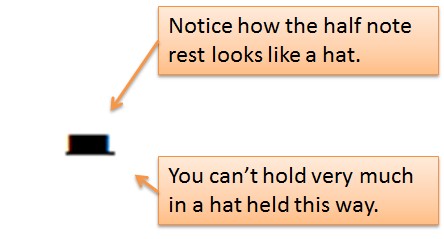 The whole note rest looks like an upside down hat. An upside down hat can hold a whole lot more, so it can hold a full 4 beats in 4/4 time.
The whole note rest looks like an upside down hat. An upside down hat can hold a whole lot more, so it can hold a full 4 beats in 4/4 time.
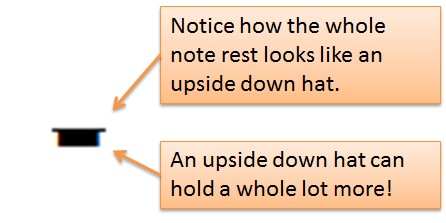
Application
Now let’s look at an example that uses rests…
Be sure to clap the rhythm, tap your foot and count out loud as you perform the following rhythm pattern.
Don’t forget to use your metronome!

That covers the basics of how rests are notated and counted.
In our next tutorial, we will apply what you’ve learned to chord progressions.
Recommended Resources
Isn’t it time to get your hands on a proven, fast and easy way to learn the basics of music theory for guitar? The Absolute Essentials of Music Theory for Guitar lays out what you need to know about guitar music theory so it’s crystal-clear.
Mastering the basics of guitar theory will open up a whole new world for you. You will learn guitar faster and feel and hear big improvements in your guitar playing.
Get started now and take the mystery out of music theory so you can learn guitar faster…



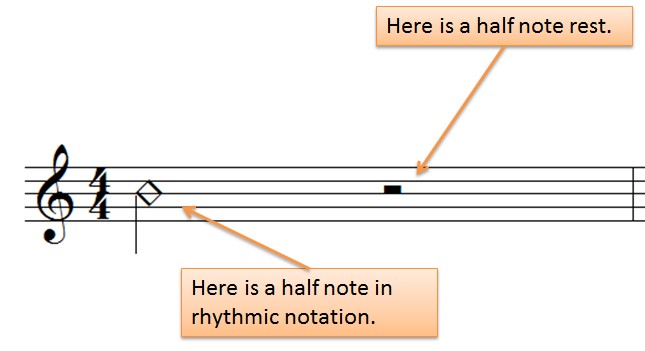

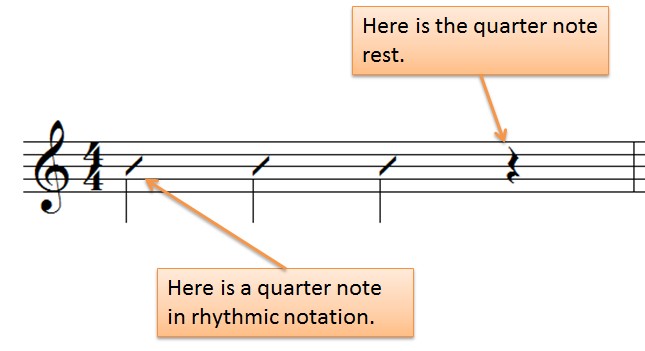






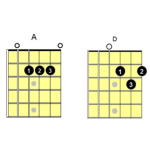
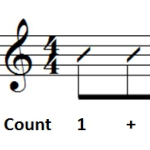
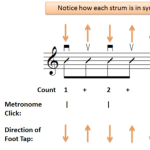
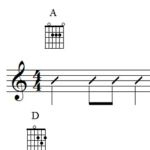
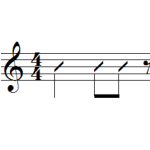
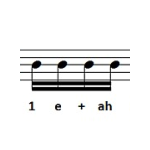
Pingback: Playing Rhythm Guitar: Basics Part 6 - Muting and Understanding Rests | Guitar Accelerator Blog: Play Guitar - Electric and Acoustic Guitar Lessons